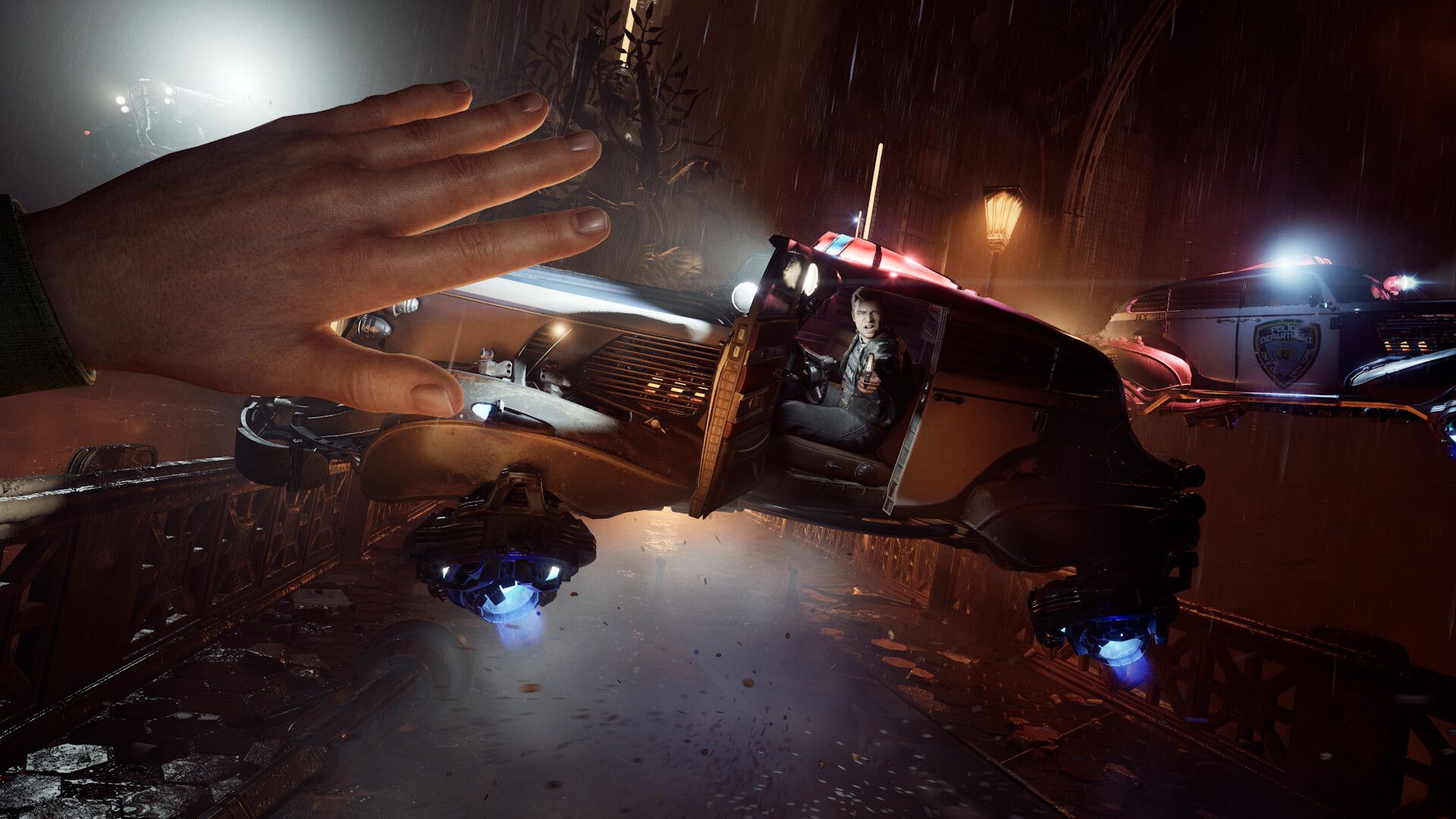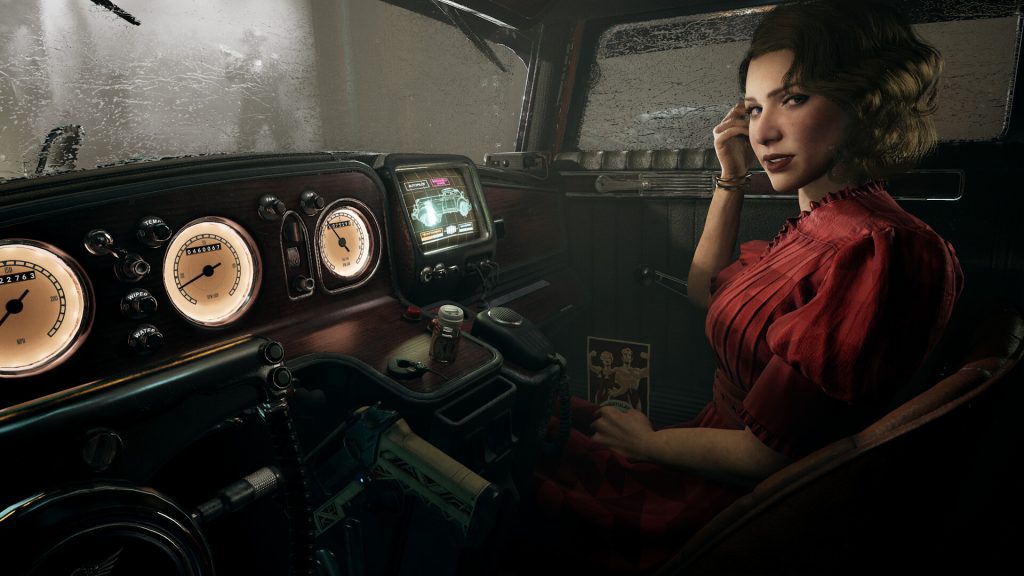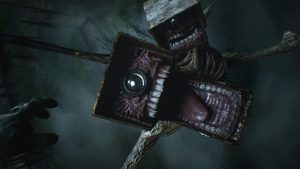
When taken seriously as a genre, cyberpunk tends to have many themes within its thick, layered worlds, from political corruption, to the socio-economic divide. Aside from these themes, however, just about every serious work of cyberpunk fiction also tends to revolve around pontificating on the meaning of life and death. A notable example of this is TV series Altered Carbon, as well as CD Projekt RED’s Cyberpunk 2077, with the latter playing out its thoughts on life and death through the conversations between protagonist V and Johnny Silverhand.
It’s clear that Nobody Wants to Die also wants to be counted among cyberpunk stories that are to be taken seriously, since it also tends to have quite a bit to say about several subjects, from the political, to the commercial, and even the spiritual. Nobody Wants to Die is a narrative adventure game that masquerades as an investigative title where you’re going to be solving puzzles to solve cyberpunk crimes.
Before we start talking about the gameplay, however, let’s get the most obvious thing out of the way; Nobody Wants to Die is drop-dead gorgeous. From the moment you start a new game, you’ll be hit in the face with a beautiful depiction of New York City through the lens of a cyberpunk future in the year 2329. Taking design cues from genre staples like Blade Runner and Cyberpunk 2077, the future in Nobody Wants to Die is one where the city skyline is filled to the brim with neon signs glowing through an incredible amount of haze and smog due to the rampant pollution in the world. The game also tends to hang on to its noir trappings by having the game take place entirely in the night, which helps add quite a bit to the game’s already-brilliant atmosphere.
Even at smaller scales, like the crime scenes you’ll find yourself investigating, Nobody Wants to Die tends to look stunning. Even smaller details that wouldn’t otherwise be interactive have had quite a bit of attention paid to them, which is great since these smaller intricacies tend to help the title’s environmental storytelling. The attention to detail for smaller objects in the environment also go a long way in helping one of the core gameplay mechanics in Nobody Wants to Die, which we will talk about in a bit.
Now, let’s talk about the gameplay. While initial impressions may make you think that Nobody Wants to Die is a game where you get to uncover mysteries by using your own powers of deduction, in reality, it is actually more of a point-and-click adventure game. You’re never really going to be given the chance to fail at deducing something since the game is tightly scripted. This becomes clear in the game’s opening minutes, where you don’t even get to move around or drive about the neon-soaked city of New York. At most, you’re going to pick out a location by looking at it through the skyline and hitting a button, with your car slowly flying there.

"Even smaller details that wouldn’t otherwise be interactive have had quite a bit of attention paid to them"
While this may sound like a bad thing—very limited gameplay can often be constricting for many players—instead, Nobody Wants to Die ends up feeling like a throwback to classic adventure games developed by LucasArts and Sierra. Nobody Wants to Die quite easily sits alongside other titles like The Curse of Monkey Island or any of the King’s Quest and Space Quest games in how it plays. The gameplay revolves more around continuing the story as you peel back layer-after-layer of a vast conspiracy rather than setting you lose in a puzzle box that you have to solve your way out of.
As you investigate a scene, you’ll find clues that allow you to reconstruct the final moments before the crime was committed. The mystery is gradually unraveled through reconstructing the crime scene, and you will often have to jump forward and backward in time throughout your reconstruction timeline to find new clues. Since Nobody Wants to Die is played through a first-person perspective, this means that you will have to try and look at your reconstructed crime scenes from different angles in order to find new clues. Thankfully, there’s also a hint button in the game that basically just shows you the thing you’re supposed to interact with in order to progress further through the investigation.
The Reconstruction mechanic is a cool tool, especially visually, since zipping forward and backward in time has all been wonderfully animated, complete with fancy visuals for some added flair, like an explosion, for example.

"The gameplay revolves more around continuing the story as you peel back layer-after-layer of a vast conspiracy"
One key aspect of Nobody Wants to Die is that players will have to make choices throughout their time with the game, and those will impact the story in some way or another. These choices can range from something as minor as responding to a question in a certain way, to deciding whether or not you want to burn up evidence that could lead to the arrest and prosecution of corrupt politicians and CEOs. Just about every choice you make feels like it would be perfectly in character for protagonist detective James Karra.
The story in Nobody Wants to Die starts off like many noir stories do—with a murder that just doesn’t seem to make any sense. Karra, who works at the Mortality Department, is unofficially tasked with investigating the death of an important man in a world where death doesn’t really mean much to those with money, since they can simply have their consciousness hop over into a new body. On investigating the crime scene—which also happens to act as the first major tutorial in the game’s “investigative” mechanics—Karra discovers that the victim’s death is permanent, and that jumping into a new body just won’t be possible for him. With more and more evidence pointing to some foul play, Karra has to quickly flee the scene of the crime before the federal investigators arrive and implicate him in the crime as well.
Writing is an incredibly strong aspect of Nobody Wants to Die. It manages to build up an incredibly interesting world—one where the hard lines between the rich and the poor have become thicker—and tackles some difficult questions about living in such a world. The game doesn’t shy away from the political implications of several of its key plot points, such as humans no longer having ownership rights of their own bodies, which tends to make for a more believable world where even smalltalk between characters can be quite interesting.

"The game doesn’t shy away from the political implications of several of its key plot points"
James Karra himself also feels like quite an interesting character—a recent victim of what is referred to only as “the accident”, Karra’s mental state is in quite a flux, with vivid hallucinations of a woman that seems to have at some point been his partner. To cope with this, Karra tends to freely avail himself of illicit substances, which are now illegal since people need to keep their bodies in tip-top condition so that they can be sold to rich people who need a new body.
Nobody Wants to Die is a great addition to the storied cyberpunk genre. Rather than shying away from the socio-economic and political implications of the world created by developer Critical Hit Games, the game instead leans into them. This tends to make for a much more compelling world that is more interesting and fun to explore. Throw on top an intriguing protagonist with enough internal conflict where just about every story-altering decision feels like it could be in character for him, as well as an interesting mystery laid out in front of you right from the beginning, and you get one of the more interesting narrative adventure games out there.
Sure, the game is mostly on rails and you don’t really get the chance to conduct investigations on your own terms, but the flipside is that this tight narrative control lends the game a cohesiveness to its story that would be difficult to achieve otherwise.
This game was reviewed on PlayStation 5.
Gorgeous visuals; Interesting world; An intriguing mystery that gets more fun to unravel as the story goes along; Great writing.
Too linear.












![20 Games That Show Off Xbox Series X’s Incredible Graphics [2025]](https://gamingbolt.com/wp-content/uploads/2024/11/xbox-series-x-key-art-300x169.jpg)



